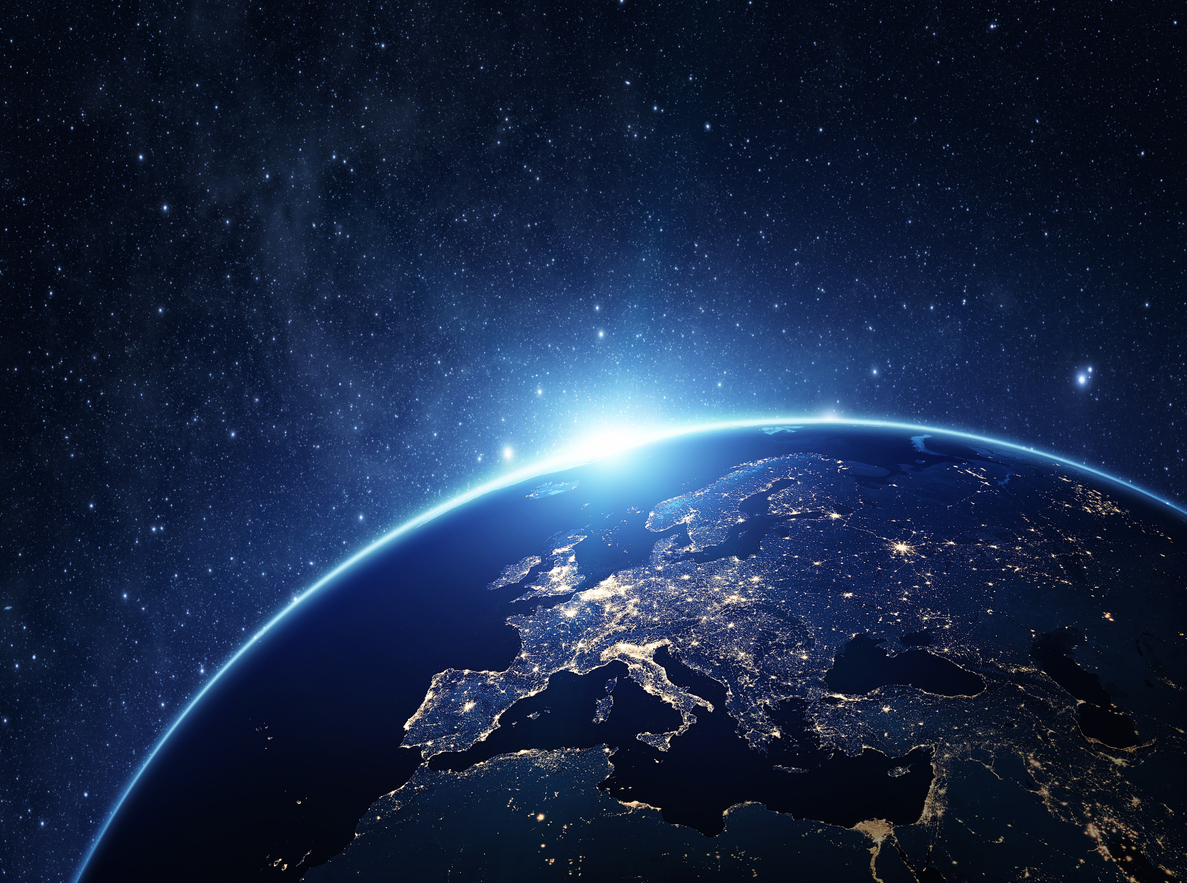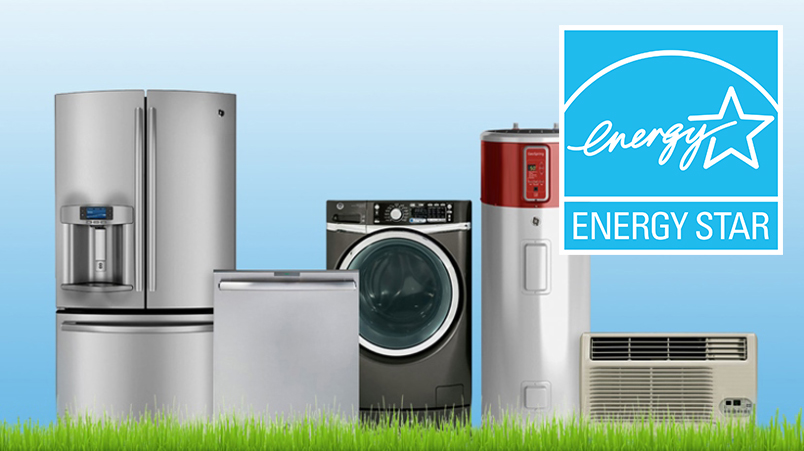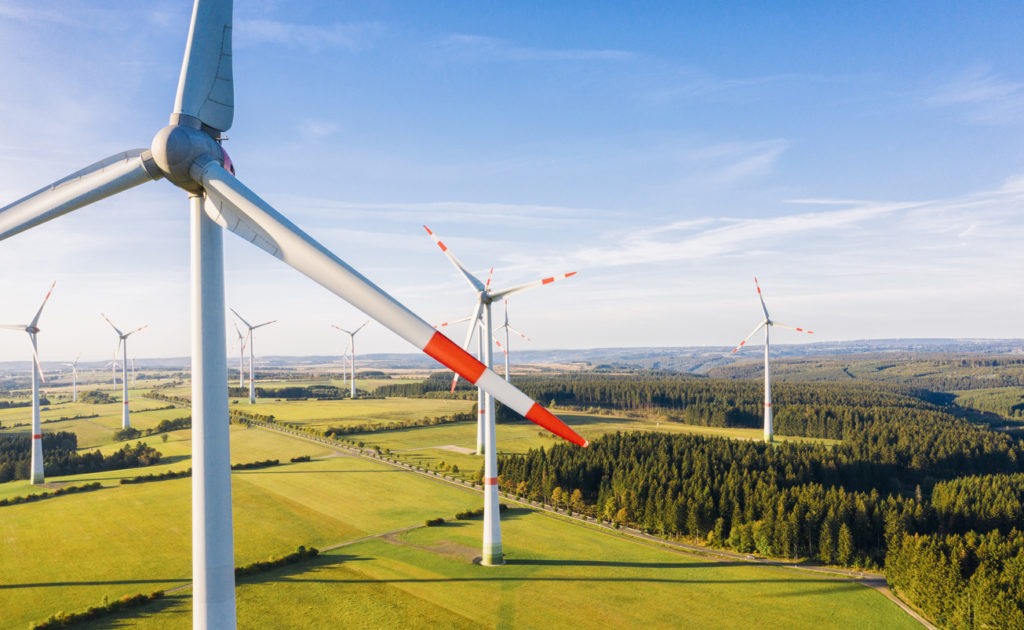ENERGY STAR® Energy Efficiency: Save thousands. Help millions.

What is ENERGY STAR® energy-efficiency? Energy Star is a U.S. Environmental Protection Agency voluntary program that helps businesses and individuals save money and protect our climate, through superior energy-efficiency. The ENERGY STAR program was first developed in 1992 by the US Environmental Protection Agency (EPA) as a method to identify and promote products that are the most energy-efficient.
ENERGY STAR houses and electronics are 10% – 20% more efficient than their counterparts. This means if a person had a decently sized home, he could save $2,820 per year in energy costs. So far ENERGY STAR houses and electronics have reduced carbon emissions by as much as 3.5 billion tons!
Here are Four areas were ENERGY STAR certified products can help you gain energy-efficiency.
The Top Four Savings Areas
#1 Appliances

These tend to be hidden energy sinks. No one thinks their blender is causing millions of dollars in environmental damage.
Now the savings aren’t as big as the $200/month mark. But if everyone switched to ENERGY STAR refrigerators, the U.S. would save 5 billion dollars. And would get the U.S. moving in the right direction to start becoming energy efficient.
Refrigerators
With an ENERGY STAR-certified refrigerator you can maximize your energy and dollar savings without sacrificing the features you want.
Clothes Dryers
ENERGY STAR-certified clothes dryers deliver superior efficiency and performance by incorporating advanced features — using 20% less energy than standard models.
Clothes Washers
ENERGY STAR-certified clothes washers deliver superior efficiency and performance by incorporating advanced features using 25% less energy and 33% less water.
#2 Windows
Windows are the portals from your house to the outside. They are also the biggest leaks of energy in your house. Our customers usually save between $126-435 per year on energy bills.
#3 Insulation
Bad insulation can make heating and cooling a house impossible. And there can be health hazards from the older models.
#4 HVAC – heating, ventilation, and air conditioning
Many people buy an air conditioner that is too large, thinking it will provide better cooling. However, an oversized air conditioner is actually less effective – and wastes energy at the same time. Determine the square footage of the area you’d like to cool by using the ENERGY STAR square footage and this chart. Remember that bigger is not always better!
#5 Solar Panels
Solar panels convert sunlight into electricity through a process called photovoltaics. Solar panels are made up of photovoltaic cells that absorb sunlight and generate electricity. The generated electricity can be used to power homes, businesses, and other buildings, reducing the need for electricity from fossil fuels and helping to save energy.
How does ENERGY STAR compare to other standards?
ENERGY STAR is a performance-based certification that is awarded to the top 25% of energy-efficient buildings, other certifications are design-based and developed to encourage good building practices and help promote sustainability for both new and existing buildings.
Top Three Most Energy-Efficient Nations
ENERGY STAR Energy Efficiency takes note from the counties that have their act together. Here are some good visions of what we’re hoping to accomplish. Let’s look at the top three nations.
#1 Germany

Germany is the most energy-efficient nation in the world. They systematically invest in energy-saving technology to help save money in the long run and update their infrastructure. Their main focus is upgrading houses and offices as that gives them the most bang for their buck in the present day. In the pipeline, they have more wind and solar energy sources so that the grid remains online.
In addition, they have three clear pillars that enforce this policy
Legal action: Clear standards and clear punishments for the failure to meet these standards. Landlords are required to update their buildings or face steep fines.
Strong Financial incentives: The government directly subsidizes technology.
PR initiatives: The government has relationships with many major outlets and helps promote the clean energy cause from an early age.
#2 Ireland
Ireland is in second place behind Germany. As an insular nation with fewer resources, they have invested in their grid. They hit their goal of having 16% of their energy come from renewables by 2020. As a result, their energy grid experiences fewer shortages and is less dependent on foreign powers.
#3 Denmark
Denmark has a goal of being totally self-sufficient with its energy demands by 2050. This is made possible by their considerable stores of crude oil that they export around Europe. As a part of their economic policy, the nation invests back in the grid so that they can achieve self-sufficiency.
But not every country has these three. Most are struggling to get the grid operational at a national level. They rely on older technology to keep things running. So the burden falls on the individual consumer if they want to create the type of change they’re looking to see in the world.
Though some subsidies are emerging for energy efficiency in the United States. Solar panels are becoming popular among homeowners. And big warehouses are switching over to save some money.
Summary: What can I do?
People tend to buy ENERGY STAR Energy Efficient products piece by piece. Or in a package deal.
The most effective upgrade that will generate the most energy savings is replacing old windows with ENERGY STAR certified ones.
Upgrading both and adding quality insulation will put your home in the top 25% of energy-efficient buildings and you may qualify for ENERGY STAT certificate.







